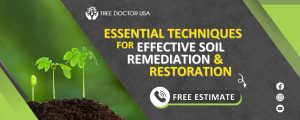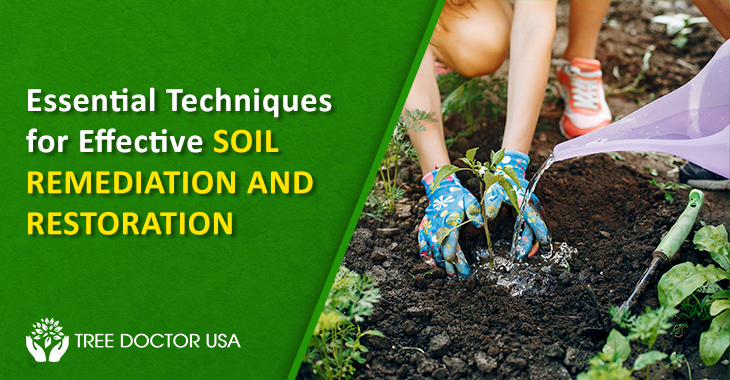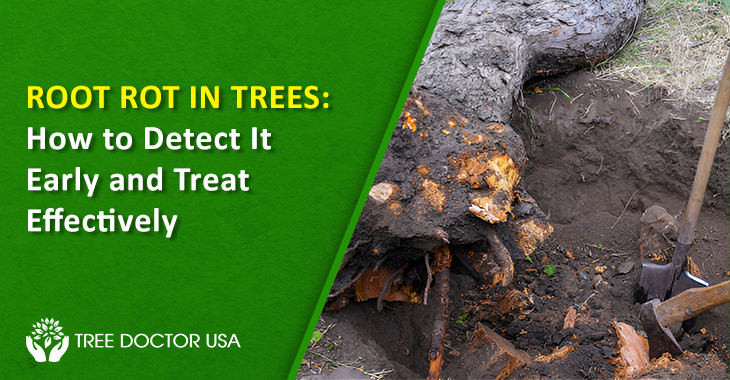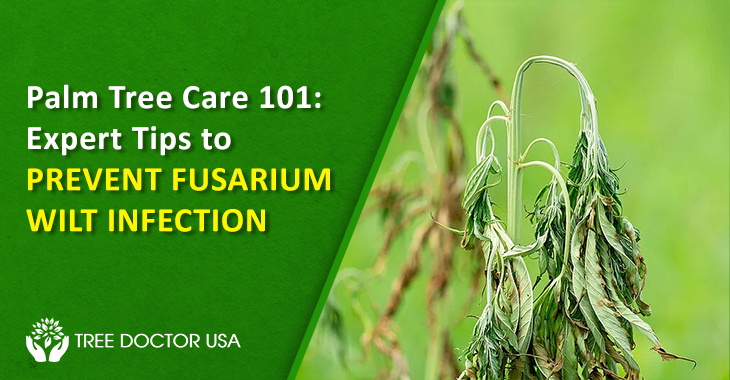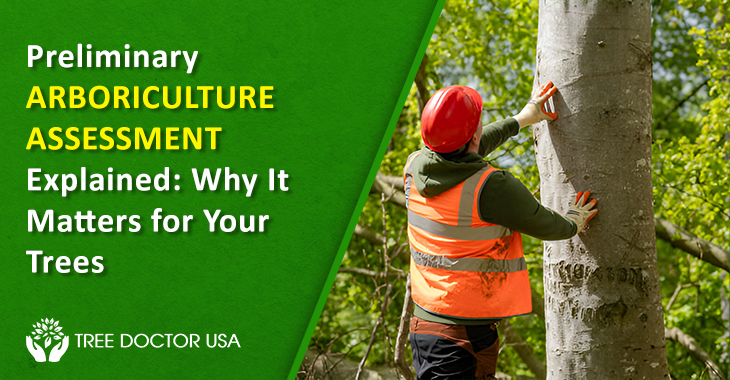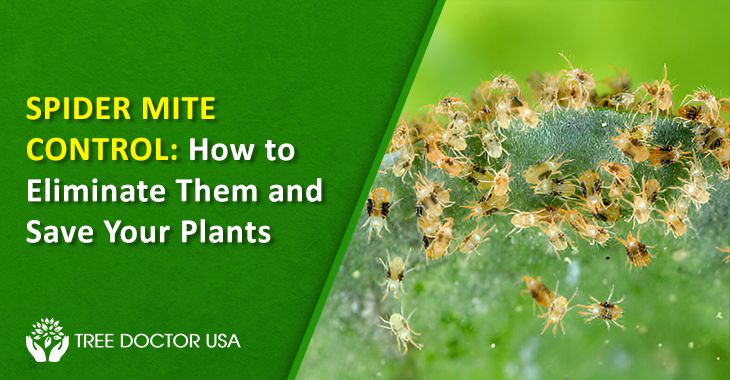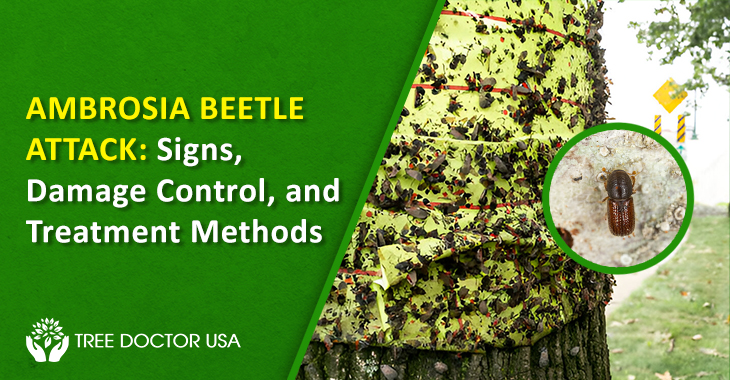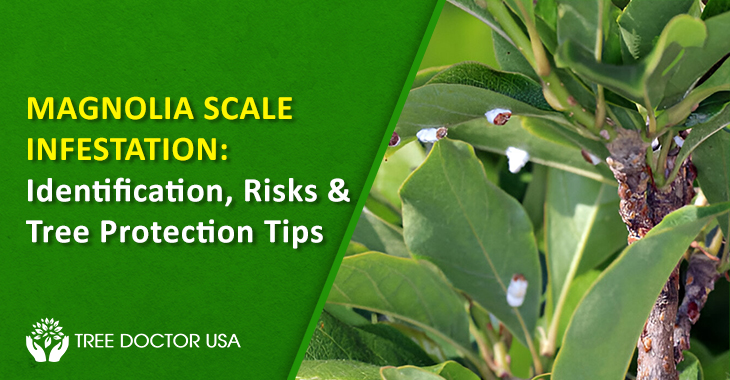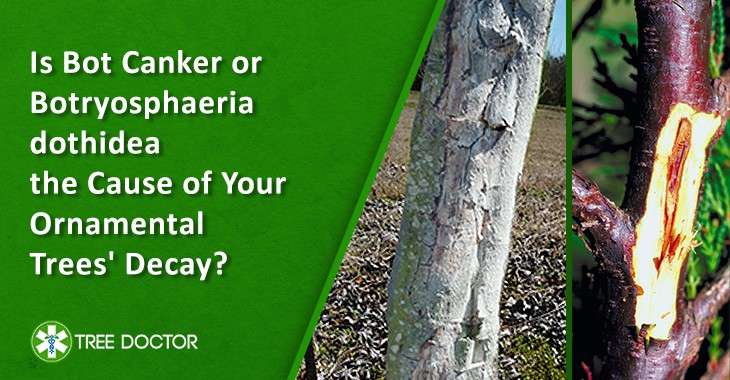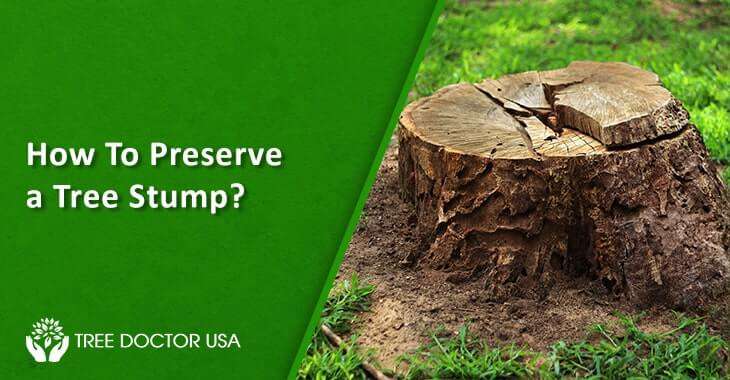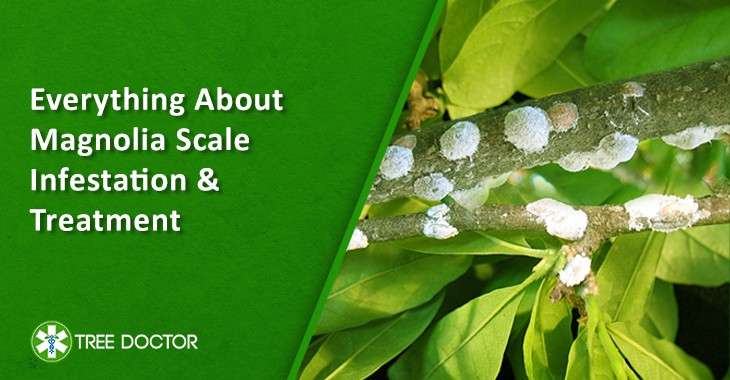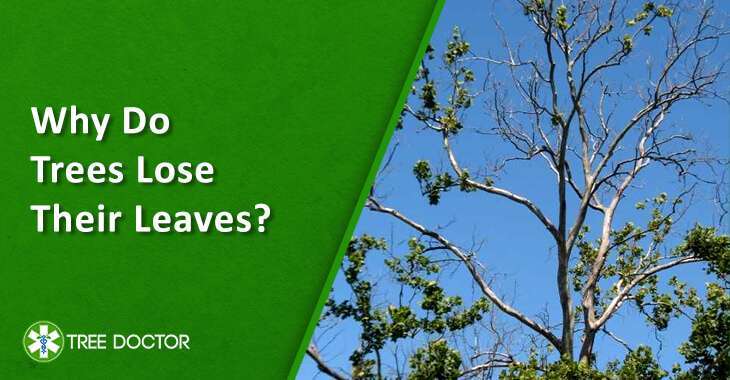Essential Techniques For Effective Soil Remediation And Restoration
Imagine the earth that covers our planet, which acts as its protective skin, enveloping it like a soft blanket. This soil provides food for all living things and serves as the foundation of ecosystems. Therefore, it’s more than simply dirt. Our industrial and agricultural practices have, however, damaged this delicate result of our unrelenting quest for advancement, leading to soil degradation. Therefore, we must explore certain best practices for soil remediation and restoration.
The entire balance of the environment, human health, and biodiversity are all at risk due to this contamination, which is more than a local problem. Today, we have come to a turning point where a sustainable future depends on carefully cleaning and regenerating our land. Rejuvenating the planet’s lifeblood is more important than cleaning off dirt and grime.
This eventually provides us with necessary insights into protecting our environment and ensuring all living beings’ well-being. Let’s understand the techniques and importance of soil remediation.
Understanding Soil Contamination
Soil contamination is often a result of harmful substances like industrial chemicals, heavy metals, and pesticides entering the soil ecology. Even after careful precautions, air deposition, agricultural activities, and underground leaks are a few sources that can cause contamination and polluted soil has far-reaching consequences.
-
Health Risks
All animals and humans are prone to respiratory disorders, skin irritations, and chronic illnesses if they consume, inhale, or come into touch with toxins on their skin.
-
Effect on the Environment
Due to its ability to disrupt ecosystems and damage plant and animal life, contaminated soil can have a greater ecological impact.
-
The “Limitations” of economic and land use
Contaminated land often becomes unsuitable for agricultural, development, or recreational use, which diminishes its potential.
Essential Techniques for Soil Remediation
Several remediation approaches are used to return polluted soil to a safe and useful state:
1. Bioremediation
The support of nature’s remedy for soil contamination uses the power of microscopic friends, fungi, and bacteria. These microscopic organisms convert organic contaminants into safe molecules by breaking down substances like hydrocarbons and insecticides. It’s an organic, sustainable method that promotes soil diversity and health.
- Applications: Fit for locations affected by organic pollutants such as hydrocarbons from petroleum.
- Gains: Affordable, eco-friendly, and supportive of microbial diversity.
- Challenges: Depending on contamination levels and environmental factors, this process can take a long time.
2. Chemical Oxidation:
Applying chemical oxidation to contaminants is akin to using a fine instrument. When reactive oxidants are introduced into polluted soil, organic molecules such as petroleum hydrocarbons are quickly converted into non-toxic materials. It’s a quick fix for urgent cleanup tasks.
- How to Use It: When pollutants and oxidants interact, innocuous compounds are produced.
- Perfect Uses: Excellent at eliminating a range of organic pollutants, including total petroleum hydrocarbons.
- Benefits: Quick destruction of contaminants that allows for quicker remediation.
- Difficulties: To avoid unexpected reactions, strict supervision and monitoring are necessary.
3. Soil Stabilization
Consider soil stabilization as a strengthening technique for soil remediation. Particularly for building projects, pollutants can be immobilized by adding binding agents like cement or lime, which lowers their movement and improves soil stability.
- Process: By binding pollutants, immobilizing agents improve soil stability.
- Perfect Uses: Fit for locations that need to strengthen their soil or those contaminated with heavy metals.
- Benefits: Reduces the spread of contaminants and guarantees stable soil for building.
- Difficulties: Continuous observation is necessary to guarantee long-term efficacy.
4. Soil Washing
Giving the soil a thorough bath is similar to soil washing. Particularly useful for soils with fine particles that retain pollutants, water or chemical solutions can be used to remove toxins from soil particles and help in soil remediation.
- Process: The procedure involves washing contaminated soil to separate it from finely contaminated particles.
- Ideal Uses: Excellent for locations where organic and heavy metal pollution exist.
- Benefits: Allows cleaned soil to be reused, cutting waste and disposal expenses.
- Difficulties: Specialized facilities are needed for the disposal of polluted fine particles.
5. Thermal Desorption
The process of thermal desorption is fire’s cleansing of soil. Pollutants are vaporized, collected, and treated by heating contaminated soil; this method works especially well for volatile organic chemicals.
- How it Works: Pollutants in contaminated soil are vaporized and subsequently treated.
- Ideal Applications: Fit for locations where volatile organic chemicals and hydrocarbons are present.
- Benefits: Recovers useful energy while effectively eliminating a wide spectrum of pollutants.
- Difficulties: Requires expensive and energy-intensive equipment.
Soil Remediation Significance
For several reasons, soil remediation is essential.
- Prevents contaminants from seeping into groundwater and dispersing to adjacent ecosystems, safeguarding natural resources and biodiversity.
- Preserve health by reducing the dangers of exposure to contaminated soil, thereby guaranteeing both agricultural output and a safe living environment.
- Land restoration is essential for metropolitan areas with a shortage of available land because it returns contaminated sites to safe residential, commercial, or agricultural usage.
Conclusion
It is clear as we get to the end of our investigation into soil remediation and restoration that the condition of our soil greatly affects the condition of our planet. Tree Doctor USA toolkit includes bioremediation, chemical oxidation, washing, thermal desorption, and soil stabilization so that we can tackle soil pollution head-on.
Beyond the techniques, though, is a deeper dedication—a pledge to protect our planet for future generations. Through adopting innovative and sustainable methods, we not only improve the soil but also create the foundation for a more vibrant and clean future. Let’s work together to create an environment where our soil flourishes so that everyone will have a legacy of sustainability and abundance.
